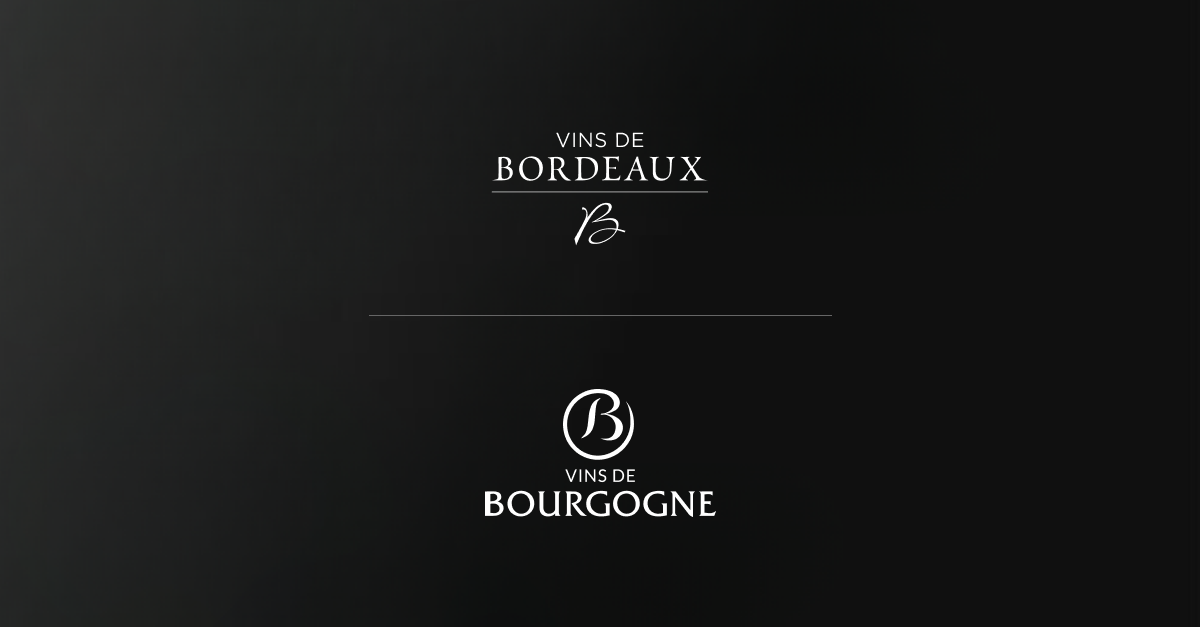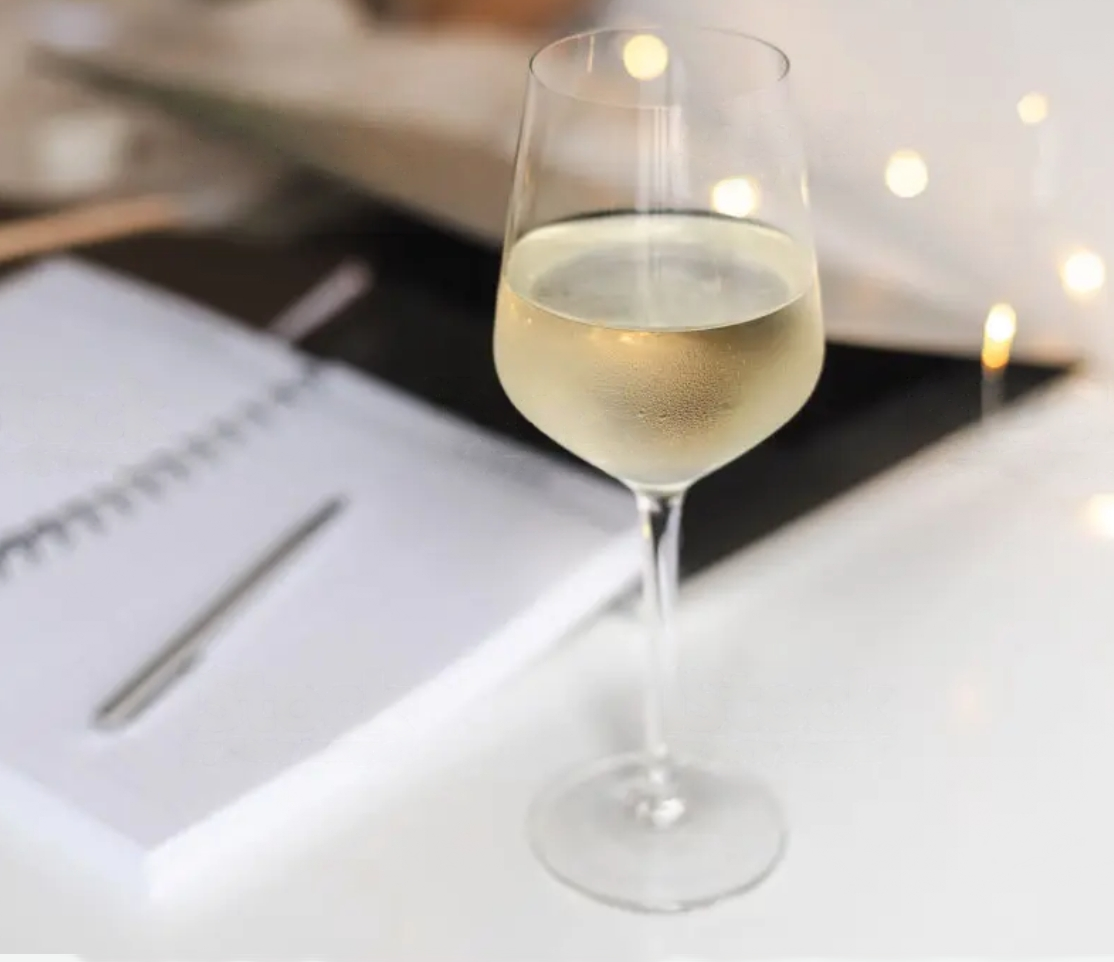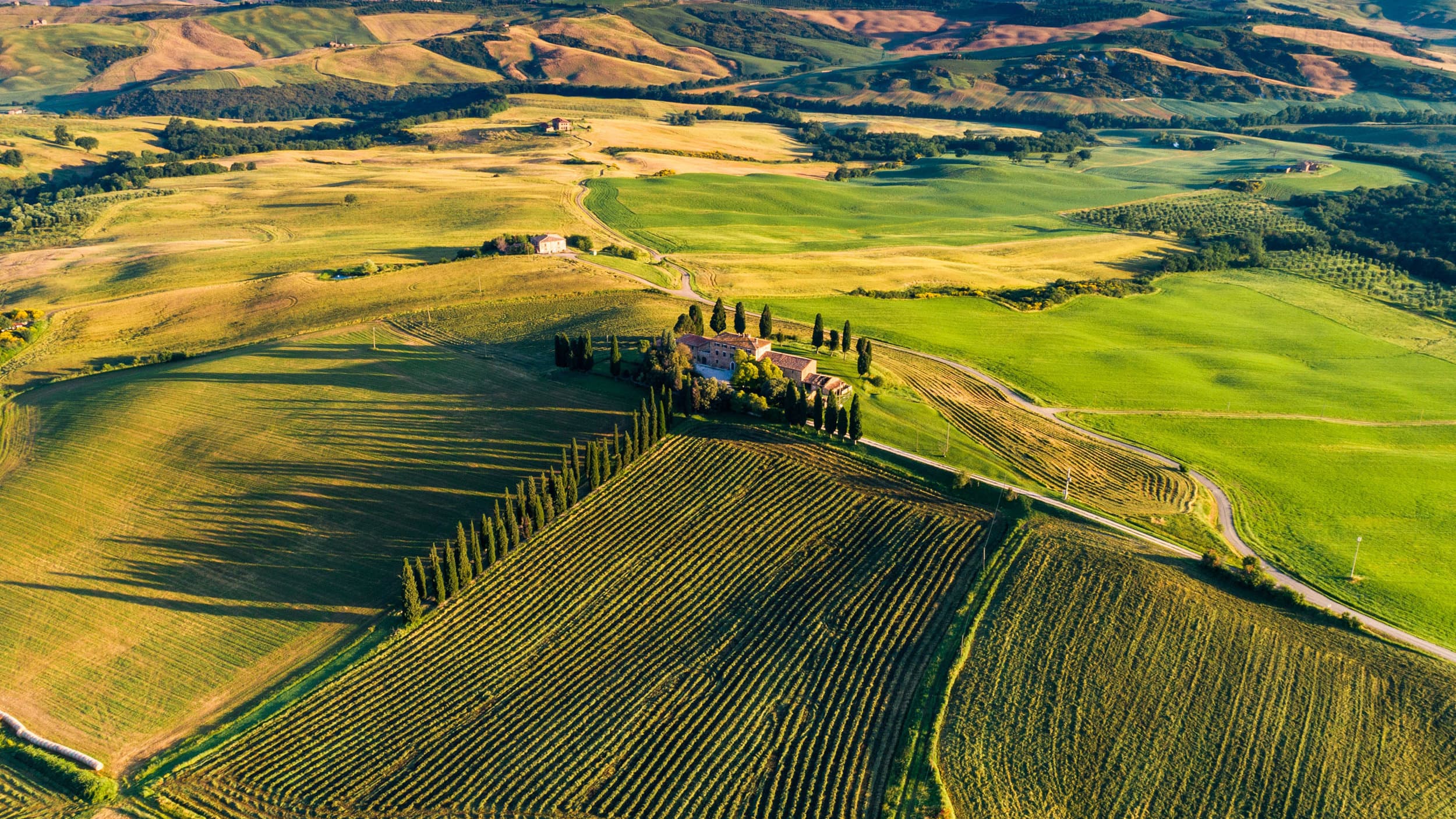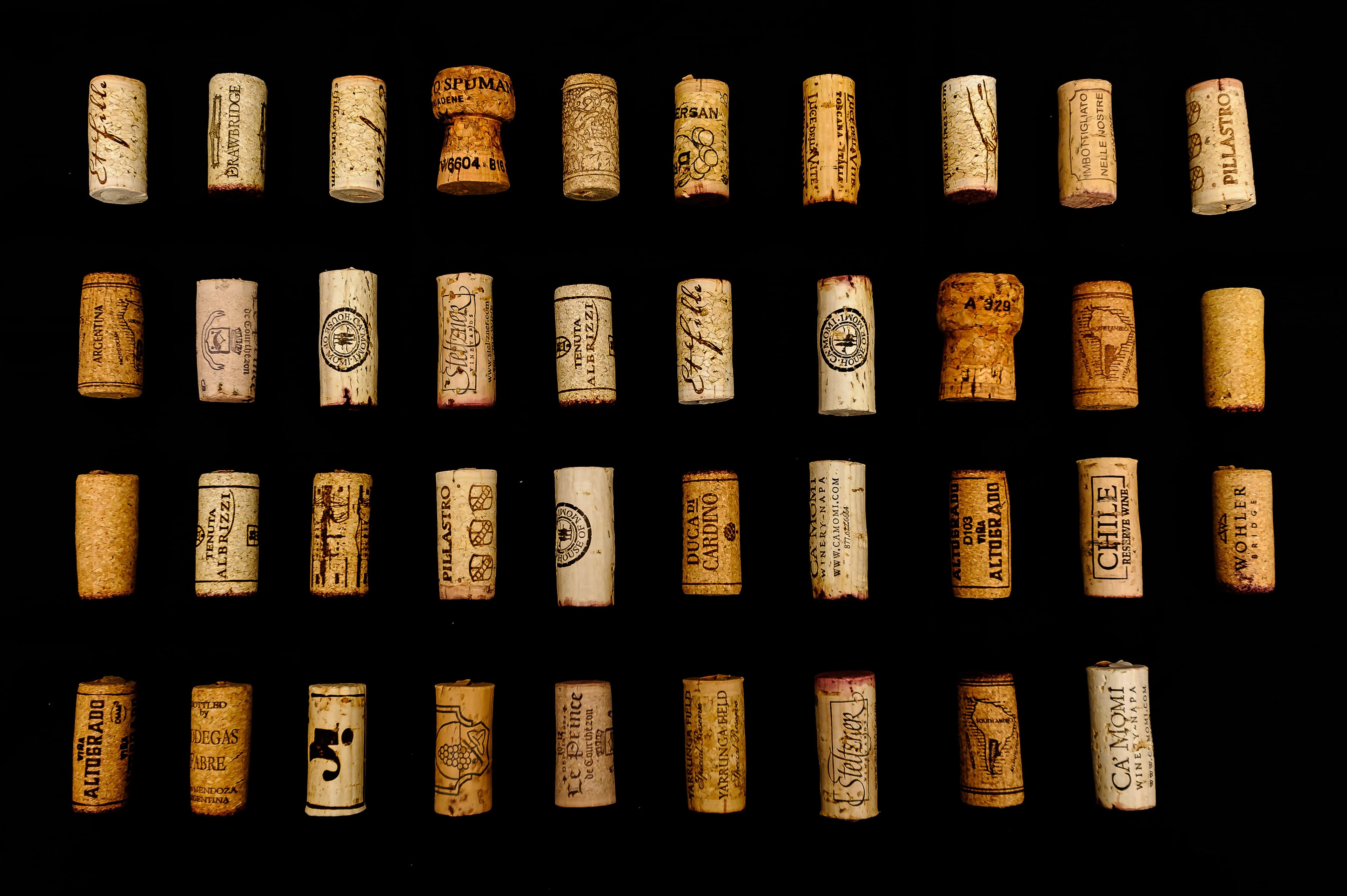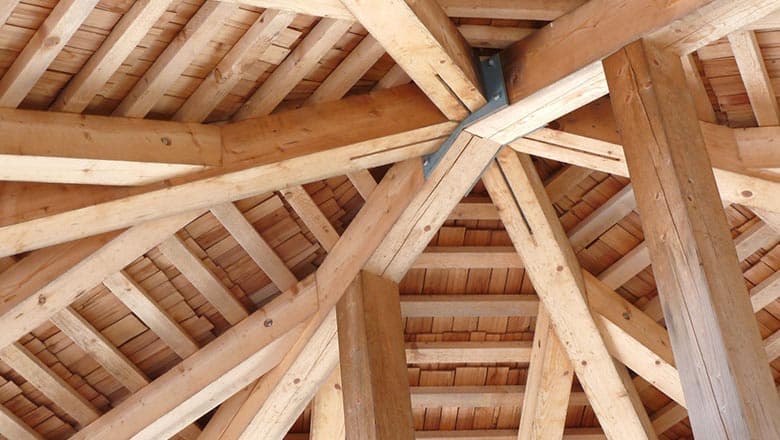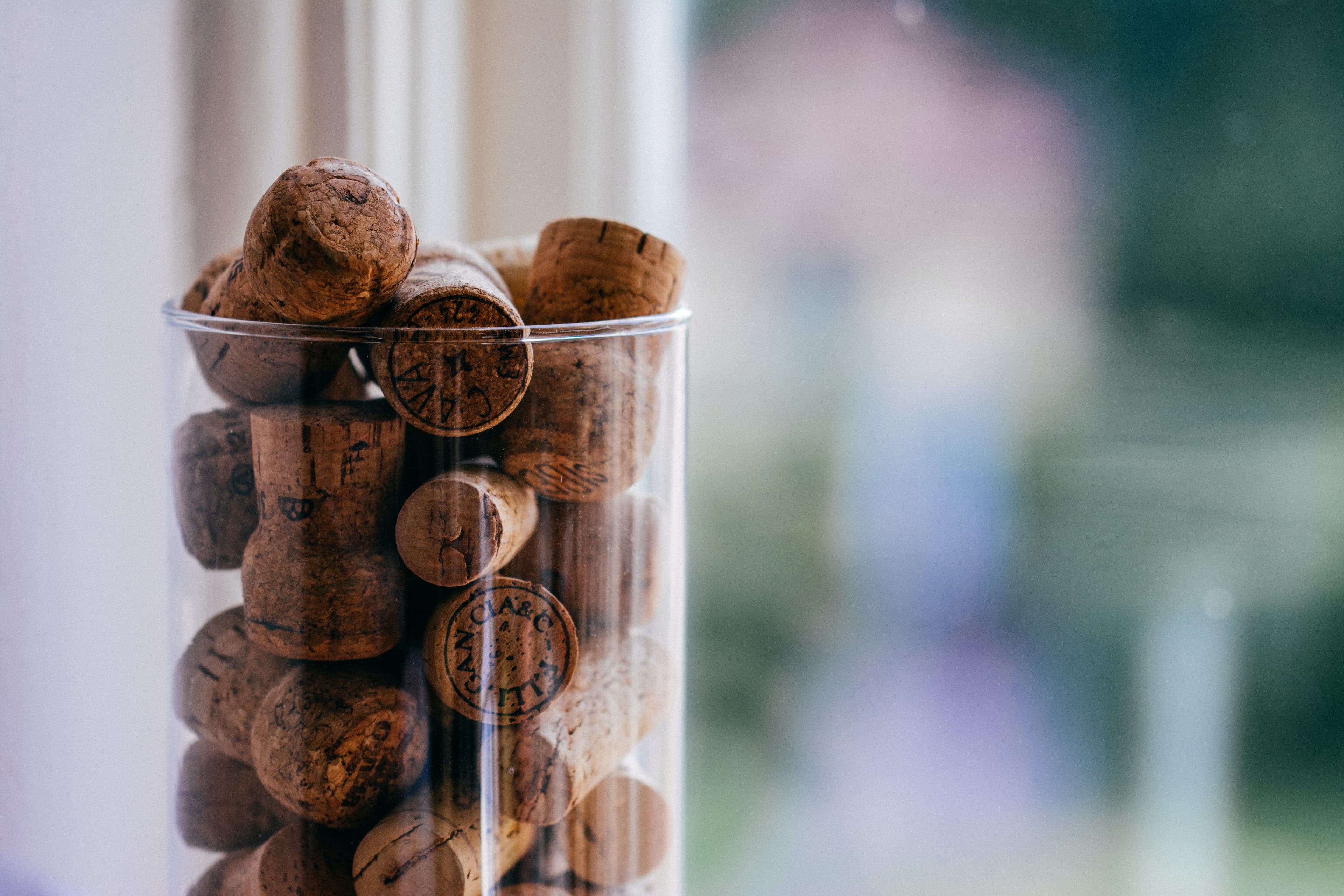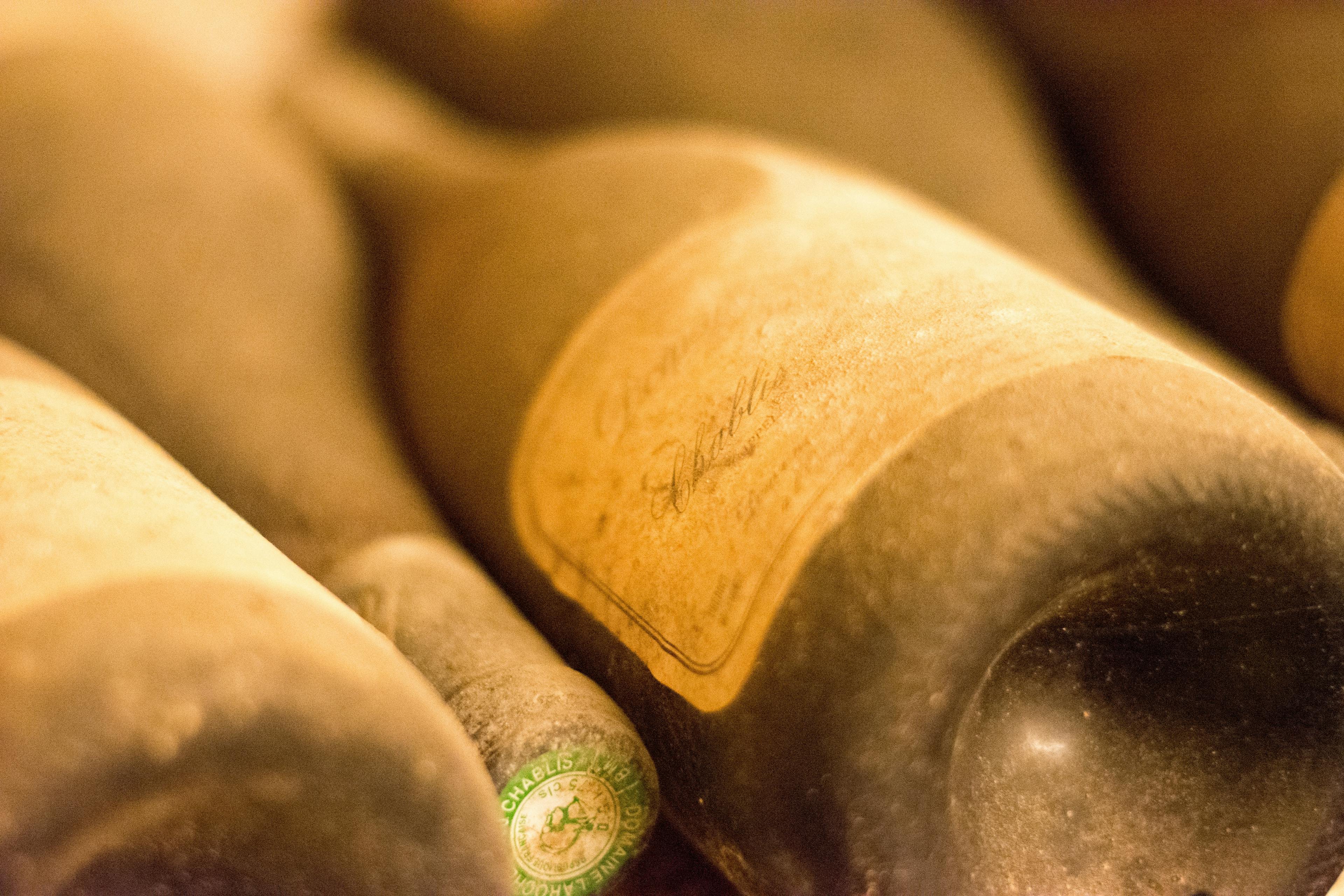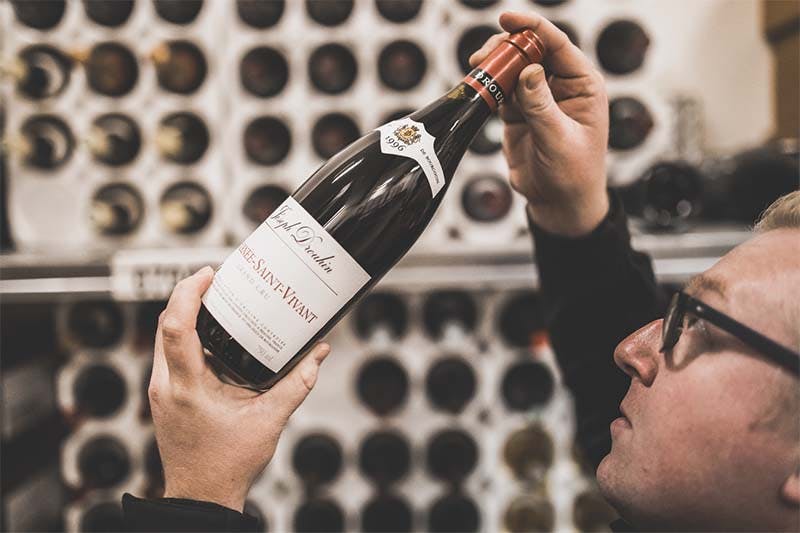
Storing fine wines like Château Clinet requires specific conditions to maintain their exquisite quality and flavor profile. Proper storage is crucial for any wine enthusiast looking to preserve the integrity of their collection. This guide will delve into the best practices for keeping your Château Clinet in optimal condition, covering aspects such as temperature, humidity, light exposure, and positioning. Whether you're a seasoned collector or a new enthusiast, understanding these factors will ensure that your wine ages gracefully, enhancing its complexity and character over time.
Ideal Temperature and Humidity for Storing Château Clinet
Storing Château Clinet in the right conditions is crucial to maintain its quality and enhance its aging potential. The ideal temperature for storage should be consistently maintained between 12°C and 14°C (53°F to 57°F). Fluctuations in temperature can accelerate aging and potentially damage the wine. Humidity also plays a significant role in preserving Château Clinet. The optimal humidity level for a wine cellar is between 60% and 70%. This range helps in preventing the cork from drying out, which might allow air into the bottle and spoil the wine.
Avoid direct sunlight: Exposure to UV rays can degrade the quality of wine over time, even if it's stored in a dark bottle.
Proper orientation: Store bottles horizontally to keep the cork moist, which is essential for a tight seal.
Vibration-free environment: Ensure that your storage area is free from vibrations, as constant movement can disturb the sediment in the wine, affecting its taste and texture.
For more detailed guidance on how to serve Château Clinet and ensure it is presented at its best, consider exploring further resources that focus on serving techniques and tips.
Choosing the Right Wine Cellar Conditions
When selecting the ideal conditions for a wine cellar to store Château Clinet, several factors must be considered to preserve the craftsmanship and quality of the wine. Temperature control is paramount; the cellar should maintain a constant temperature around 12-14°C (55-57°F). Fluctuations can cause the wine to age prematurely, affecting its flavor and aroma.
Humidity also plays a critical role in wine storage. Aim for a humidity level of about 60-70%. This range helps keep the cork from drying out and minimizes the risk of oxidation, which can spoil the wine. Additionally, ensure that the cellar is well-ventilated to prevent mold growth, which could damage labels and affect the wine's integrity.
Light exposure should be minimized as UV rays can degrade and prematurely age wine. Use incandescent or sodium vapor lights instead of fluorescent lighting, which emits a small amount of ultraviolet light.
Finally, the cellar should be free of vibrations. Avoid placing the wine cellar near machines or equipment that shake, as vibrations can disturb the sediment in the bottle, leading to a gritty texture.
The Impact of Light Exposure on Château Clinet
Exposing Château Clinet to light can significantly alter its quality and taste. When wine bottles are subjected to light, particularly ultraviolet (UV) rays, it can lead to a condition known as 'lightstrike.' This affects the wine's aroma and flavor profile, often giving it an unpleasant musty character. To preserve the integrity of Château Clinet, consider the following precautions:
Store in Darkness: Keep your wine in a dark environment, such as a cellar or a cabinet, to shield it from light sources.
Use UV-Protective Glass: If possible, opt for bottles made with UV-filtering glass to provide an extra layer of protection against harmful rays.
Avoid Fluorescent Lighting: Fluorescent bulbs emit a small amount of UV light which can damage the wine even if it's not directly exposed to sunlight.
Consider LED: LED lights, which do not emit UV rays, are a safer alternative for illuminating areas where wine is stored.
By taking these steps, you can help ensure that your Château Clinet remains in optimal condition, preserving its unique characteristics and complexity.
Horizontal vs Vertical Storage: Best Practices
When considering the storage of Château Clinet, the orientation of the bottle plays a crucial role in maintaining its quality. Horizontal storage is often recommended for several reasons. Firstly, it ensures that the wine remains in contact with the cork, keeping it moist and preventing it from drying out and shrinking. This contact helps maintain the seal and protects the wine from oxidation.
Vertical storage, while space-efficient, is generally less ideal for long-term aging of wine. In this position, the cork can dry out, leading to potential air leakage and spoilage of the wine. However, for short-term storage or wines that are consumed quickly, vertical positioning may be acceptable.
Here are some best practices for storing your Château Clinet:
Consistent Temperature: Keep the storage area at a steady temperature, ideally between 12°C and 15°C.
Humidity Control: Aim for a humidity level of about 70% to keep the cork in optimal condition.
Avoid Light: Store the wine in a dark place to prevent light from degrading its quality.
Stability: Ensure that the bottles are kept in a vibration-free environment to avoid disturbing the sediment.
For more detailed facts about Château Clinet and its optimal storage conditions, consider exploring further resources that delve into the specifics of wine preservation.
Tips for Long-Term Aging of Château Clinet
When considering the long-term aging of Château Clinet, it's essential to understand the specific storage conditions that will best preserve its quality. Firstly, maintaining a consistent temperature is crucial; ideally, this should be around 12-14°C (53-57°F). Fluctuations can accelerate aging and potentially damage the wine.
Humidity also plays a significant role in wine preservation. Aim for a humidity level of about 70%. This prevents the cork from drying out, which might allow air into the bottle and spoil the wine. Moreover, the storage area should be free from vibrations and any sources of light, particularly direct sunlight, as these can degrade the quality of the wine over time.
Positioning the bottles horizontally is another key point. This orientation keeps the liquid against the cork, which helps to keep it moist and airtight.
Finally, for those interested in the history of Château Clinet, understanding its origins and legacy can enhance the appreciation of its wines. Knowing the vineyard's background might also provide insights into the optimal aging potential and storage techniques specific to this prestigious label.
When to Rotate Your Château Clinet Bottles
Rotating your Château Clinet bottles is a crucial aspect of maintaining their quality and ensuring optimal aging. Typically, wine experts recommend assessing your storage setup every six months to determine if rotation is necessary. This process involves gently turning the bottles to prevent the cork from drying out, which could lead to oxidation and spoilage.
Here are a few signs that it might be time to rotate your Château Clinet:
Cork Condition: If the cork begins to look dry or shows signs of shrinkage, it’s a good indicator that the bottle needs to be rotated to maintain moisture.
Sediment Formation: Over time, sediment can accumulate at the bottom of the bottle. Rotating helps distribute these particles, potentially enhancing the wine’s flavor and texture upon enjoying it.
Consistent Aging: To ensure each bottle ages uniformly, rotate them to expose all sides to similar conditions within your storage area.
Remember, the goal of rotating your wine is to preserve its integrity and enhance its development, so handle each bottle with care to avoid disturbing the wine more than necessary.
Managing the Cork's Condition Over Time
Managing the cork's condition is crucial for preserving the quality of Château Clinet over time. Corks play a vital role in regulating the amount of oxygen that interacts with the wine, which significantly impacts its aging process. To ensure the cork remains in optimal condition, follow these guidelines:
Store bottles horizontally: This position keeps the cork moist, preventing it from drying out and shrinking. A dry cork can lead to air seepage and wine spoilage.
Maintain stable temperature: Fluctuations in temperature can cause the cork to expand and contract, which might compromise its integrity. Ideally, keep your wine storage area at a constant temperature, preferably around 55°F (13°C).
Control humidity levels: Aim for a humidity level of about 70%. High humidity prevents the cork from drying, while low humidity reduces the risk of mold growth on the cork.
Avoid vibrations: Frequent movements can disturb the sediment in the bottle and may damage the cork's structure. Ensure your storage area is free from vibrations.
Understanding these characteristics will help in effectively managing the cork's condition, thereby preserving the exquisite taste and quality of Château Clinet for years to come.
Using Wine Cabinets for Optimal Storage
Using wine cabinets for optimal storage is essential when preserving the quality of popular vintages. These specialized cabinets provide a controlled environment that mimics the conditions of a traditional wine cellar. Key features to consider include:
Temperature Control: Wine cabinets are designed to maintain a steady temperature, typically between 12°C and 14°C, which is ideal for aging wine gracefully.
Humidity Management: Proper humidity levels prevent corks from drying out, which can lead to oxidation and spoilage. Look for cabinets that maintain humidity around 70%.
Vibration Reduction: Minimizing vibration is crucial as it can disturb the sediment in wine, affecting its aging process. Advanced wine cabinets feature systems that absorb vibrations.
UV Protection: Exposure to UV light can degrade wine over time. Cabinets with UV-protected glass doors shield wines from harmful rays.
Scalability: Some cabinets are modular, allowing you to expand storage as your collection grows. This feature is particularly useful for collectors who plan to acquire more bottles over time.
By investing in a high-quality wine cabinet, you ensure that each bottle of Château Clinet matures under optimal conditions, potentially enhancing its complexity and depth.
Common Storage Mistakes to Avoid
Storing Château Clinet requires careful attention to detail to preserve its quality and flavor. One common mistake is exposing the wine to fluctuating temperatures. Consistent, cool conditions are crucial; variations can cause the wine to expand and contract, potentially damaging the cork and allowing air to seep in. Another error is storing the bottles upright for extended periods. This position can dry out the cork, leading to oxidation and spoilage.
Additionally, many overlook the importance of protecting wine from light. UV rays can degrade and prematurely age wine, altering its flavor profile. It's best to keep bottles in a dark environment or use storage that shields them from light exposure. Humidity levels also play a critical role. Too much humidity can promote mold growth on the cork and labels, while too little may dry out the cork. Aim for a humidity level around 70%.
For enthusiasts looking to enhance their experience, exploring food pairings can significantly elevate the enjoyment of Château Clinet. Proper storage paired with the right food can turn a simple tasting into a memorable event.
Monitoring Your Storage Environment
Monitoring the storage environment for Château Clinet is crucial to preserving its quality and enhancing its aging potential. Key factors to consider include temperature, humidity, light, and vibration:
Temperature: Ideal storage conditions require a consistent temperature, ideally around 55°F (13°C). Fluctuations can accelerate aging or cause the wine to spoil, so maintaining stability is essential.
Humidity: Aim for a humidity level of about 70%. This prevents the cork from drying out and minimizes the risk of oxidation. Too much moisture, however, can promote mold growth and label damage.
Light: Wine should be stored away from direct sunlight as UV rays can degrade and prematurely age it. Opt for a dark space or use UV-protective glass if the bottles are exposed.
Vibration: Minimize vibrations as they can disturb the sediment in the bottle, potentially affecting the wine's development. Ensure your storage area is free from frequent movements or mechanical vibrations.
Regularly checking these conditions with a reliable thermometer and hygrometer will help ensure that your Château Clinet remains in optimal condition for future enjoyment.
Conclusion
In conclusion, storing Château Clinet or any other fine wine requires careful consideration of factors such as temperature, humidity, light exposure, and vibration. By maintaining a consistent temperature around 55°F, ensuring relative humidity levels are between 60-70%, minimizing light exposure, and keeping the wine in a vibration-free environment, you can preserve the quality and enhance the aging process of your wine.
For wine enthusiasts who may not have the capacity to meet these stringent conditions at home, Rekolt offers an innovative solution that eliminates these concerns. Our professional cellar storage option not only provides an ideal environment tailored specifically for the storage of fine wines like Château Clinet but also offers the flexibility to easily resell and trade wines. This service ensures that your investment is protected and matures under optimal conditions, potentially increasing in value over time. Whether you're a seasoned collector or a new enthusiast, Rekolt's storage solutions and marketplace provide a secure, convenient, and efficient way to manage your fine wine collection. By choosing professional storage, you safeguard your wine's quality and ensure it reaches its full potential, making every bottle a testament to your discerning taste and foresight.
Share this article
